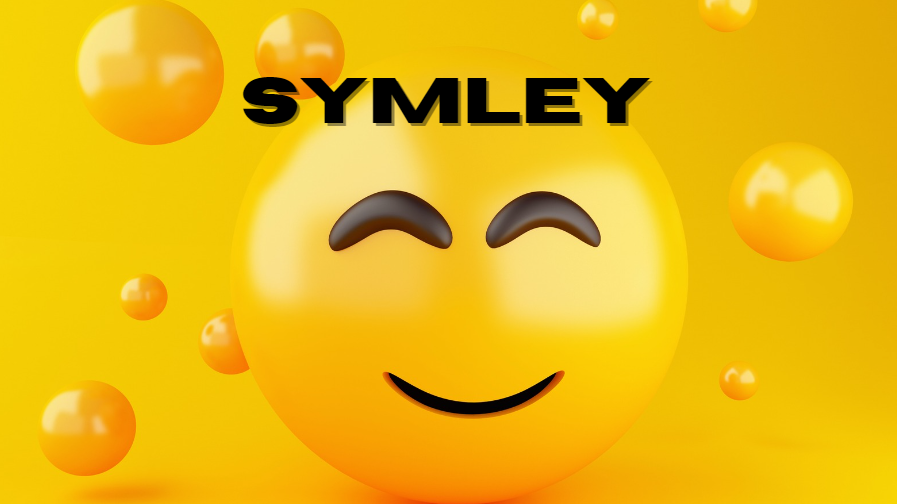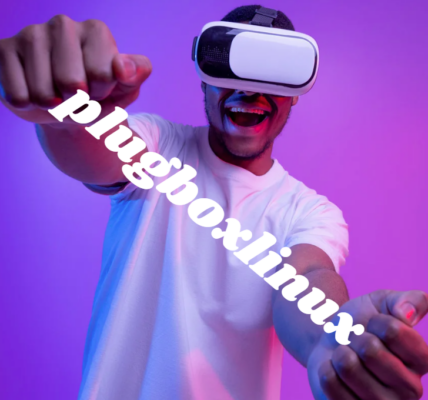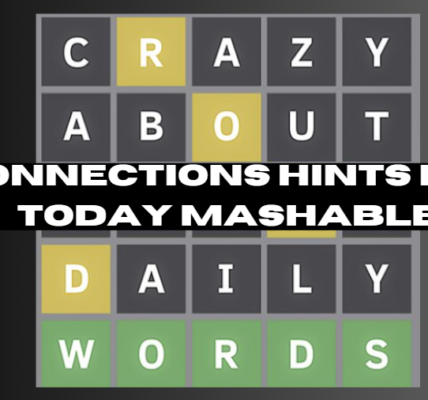Contents
Introduction
In the digital age, communication has evolved beyond words. Symbols and emoticons play a crucial role in conveying emotions and ideas quickly and effectively. One emerging term in this realm is “symley,” a blend of “symbol” and “smiley,” representing the combined power of symbolic and emotive expressions. This article delves into the concept of symley, exploring its origins, significance, and impact on modern communication.
By providing unique interpretations, analyses, and insights, this comprehensive guide aims to surpass existing online resources and rank highly in search engine results for the keyword “symley.”
The Origins of Symley
Etymology
The term “symley” merges the words “symbol” and “smiley,” capturing the essence of combining symbolic representation with emotive expression. Symbols have been used for centuries to convey complex ideas succinctly, while smileys (emoticons) have become integral to digital communication, adding emotional context to text.
Evolution of Symbols and Smileys
Historical Use of Symbols
Symbols have been used since ancient times to convey meaning. From cave paintings to hieroglyphics, they have served as powerful tools for communication across cultures and eras. Symbols can represent complex concepts, emotions, and ideas in a single image, making them an efficient form of communication.
Rise of Smileys
The modern smiley, often represented as “:)” or similar variations, emerged in the early days of digital communication. Invented by computer scientist Scott Fahlman in 1982, the smiley was initially used to indicate jokes or sarcasm in text. Since then, smileys have evolved into a wide range of emoticons and emojis, each conveying different emotions and expressions.
The Significance of Symley
Enhancing Digital Communication
In an era where digital communication dominates, symleys play a pivotal role in enhancing text-based interactions. By combining symbolic meaning with emotional expression, symleys can convey nuances that words alone often fail to capture.
Bridging Cultural Gaps
Symleys can transcend language barriers, making them a universal form of communication. While words may differ across languages, symbols and emotions are often universally understood. This makes symleys a powerful tool for bridging cultural gaps in global communication.
Adding Emotional Context
Text-based communication can sometimes lack emotional context, leading to misunderstandings. Symleys help mitigate this issue by adding a layer of emotional expression, ensuring that the intended tone and sentiment are clearly conveyed.
Applications of Symley
Social Media
Symleys are widely used on social media platforms to enhance engagement and express emotions. From Facebook to Twitter, users employ symleys to add personality and emotion to their posts and comments.
Marketing and Branding
Businesses and marketers leverage symleys to create engaging content and connect with their audience on an emotional level. Symleys can make advertisements more relatable and memorable, fostering a stronger brand connection.
Digital Art and Design
In the realm of digital art and design, symleys serve as a source of inspiration and creativity. Designers incorporate symleys into logos, graphics, and user interfaces to enhance visual appeal and convey meaning.
The Psychological Impact of Symley
Emotional Connection
Symleys evoke emotional responses, creating a sense of connection and empathy between communicators. This emotional connection can strengthen relationships, both personal and professional, by fostering understanding and rapport.
Memory Retention
Studies have shown that visual elements, such as symbols and emoticons, enhance memory retention. By combining symbolic meaning with emotional expression, symleys can make information more memorable and impactful.
Influence on Behavior
Symleys can influence behavior by eliciting specific emotional responses. For instance, positive symleys can create a sense of happiness and encouragement, while negative symleys can evoke empathy and concern. This ability to influence emotions and behavior makes symleys a powerful tool in various contexts, from marketing to mental health.
The Future of Symley
Technological Advancements
As technology continues to evolve, so will the use of symleys. Advances in artificial intelligence and machine learning are paving the way for more sophisticated and context-aware symleys. Future developments may include animated symleys, customizable symleys, and even augmented reality (AR) symleys.
Integration in Communication Platforms
Communication platforms are increasingly integrating symleys to enhance user experience. Messaging apps, social media platforms, and collaboration tools are incorporating more advanced symley features, allowing users to express themselves more effectively.
Educational Applications
Symleys have potential applications in education, particularly in enhancing learning and communication. Educators can use symleys to make learning materials more engaging and interactive, helping students better understand and retain information.
Creating Your Own Symley
Tools and Software
There are various tools and software available for creating custom symleys. Graphic design software like Adobe Illustrator and online platforms like Canva provide templates and design tools to create unique symleys.
Design Tips
When designing a symley, consider the following tips:
- Simplicity: Keep the design simple and easily recognizable.
- Relevance: Ensure the symley accurately represents the intended symbol and emotion.
- Consistency: Maintain a consistent style and color scheme for brand cohesion.
- Scalability: Design the symley to be scalable, so it looks good in different sizes and resolutions.
Examples of Custom Symleys
Creating custom symleys can add a unique touch to personal and professional communication. For example:
- Brand Symley: A business can create a custom symley representing its brand values and personality.
- Event Symley: Custom symleys can be designed for special events, adding a personal and memorable element to invitations and communications.
- Personal Symley: Individuals can create personalized symleys to express their unique style and emotions in digital conversations.
The Role of Symley in Various Industries
Healthcare
In healthcare, symleys can be used to improve patient communication and engagement. For instance, symleys can be incorporated into health apps to track and express emotions, helping healthcare providers understand patients’ mental and emotional states better.
Education
Symleys can enhance educational materials, making learning more interactive and enjoyable. Teachers can use symleys to illustrate concepts, express feedback, and create a positive learning environment.
Customer Service
Symleys can improve customer service interactions by adding a human touch to digital communications. Customer service representatives can use symleys to convey empathy, friendliness, and concern, enhancing the overall customer experience.
FAQs About Symley
1. What is the purpose of a symley?
A symley combines symbolic meaning with emotional expression to enhance communication. It helps convey complex ideas and emotions quickly and effectively, adding context and personality to text-based interactions.
2. How can I create my own symley?
You can create your own symley using graphic design software like Adobe Illustrator or online platforms like Canva. Focus on simplicity, relevance, and consistency in your design to ensure it effectively represents the intended symbol and emotion.
3. Can symleys be used in professional communication?
Yes, symleys can be used in professional communication to add a personal touch and convey emotions. However, it’s important to use them appropriately and consider the context and audience.
4. Are symleys universal?
While symleys can transcend language barriers, cultural differences may affect their interpretation. It’s important to consider cultural nuances when using symleys in global communication.
5. How do symleys enhance digital communication?
Symleys enhance digital communication by adding emotional context and making messages more engaging and memorable. They help convey nuances that words alone often fail to capture, reducing misunderstandings and fostering connection.
Conclusion
Symley, a blend of “symbol” and “smiley,” represents the combined power of symbolic and emotive expressions. In the digital age, symleys enhance communication by adding emotional context and conveying complex ideas quickly and effectively. From social media and marketing to education and healthcare, symleys have a wide range of applications, making them an essential tool in modern communication.
By understanding the significance, psychological impact, and future potential of symleys, we can harness their power to enhance our personal and professional interactions. Embrace the world of symleys and discover a new way to express yourself and connect with others in the digital age.













































